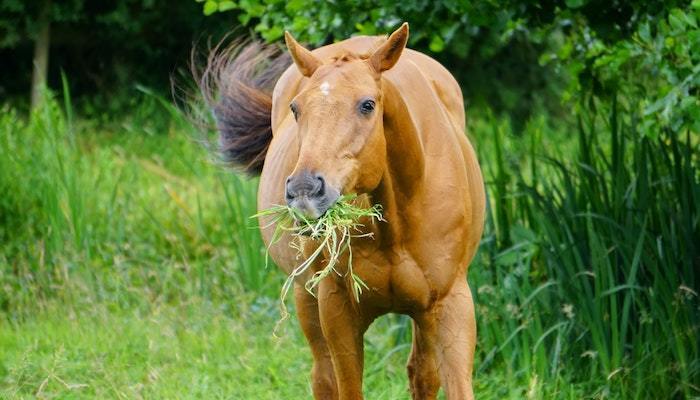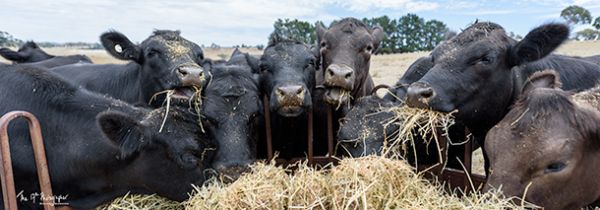|

Cushing’s disease is a common condition of older horses, affecting up to 75% of horses aged 18 and over. The technical name for the condition is Pituitary Pars Intermedia Dysfunction (PPID), as the underlying issue is over-activity of the pituitary gland (a small gland located beneath the brain). Excessive quantities of hormones such as “ACTH” are produced and this leads to increased levels of the stress hormone “cortisol” in the body.
It is these abnormal hormone levels that lead to the clinical signs typical of Cushing’s disease:
+ Long wavy coat or a failure to shed properly, otherwise known as “hirsutism”
+ Bouts of founder, or “laminitis”
+ Muscle wastage and “pot-belly”
+ Increased drinking and urinating
+ Increased sweating
+ Low demeanor
+ Immune suppression, which can manifest as infections such as skin conditions, chest infections, foot abscesses, parasites, and dental disease
The disease progresses slowly, gradually becoming worse over time. Your vet will be able to make a diagnosis based on clinical signs and blood tests for hormone levels.
Treatment for Cushing’s disease is quite effective and involves a medication called pergolide, available as an oral liquid or tablet (that can be dissolved and mixed in feed) given daily for the rest of the horse/pony’s life. A positive response may be seen within 6-12 months with an improvement in demeanor, coat condition, body condition, and soundness.
Horses with PPID require extra attention with regard to dental care, hoof care and parasite control. With good management, there is no reason why horses with PPID cannot live a long and normal life and continue in normal work.
|
